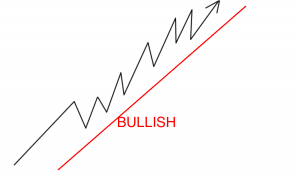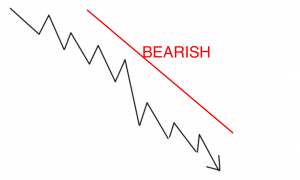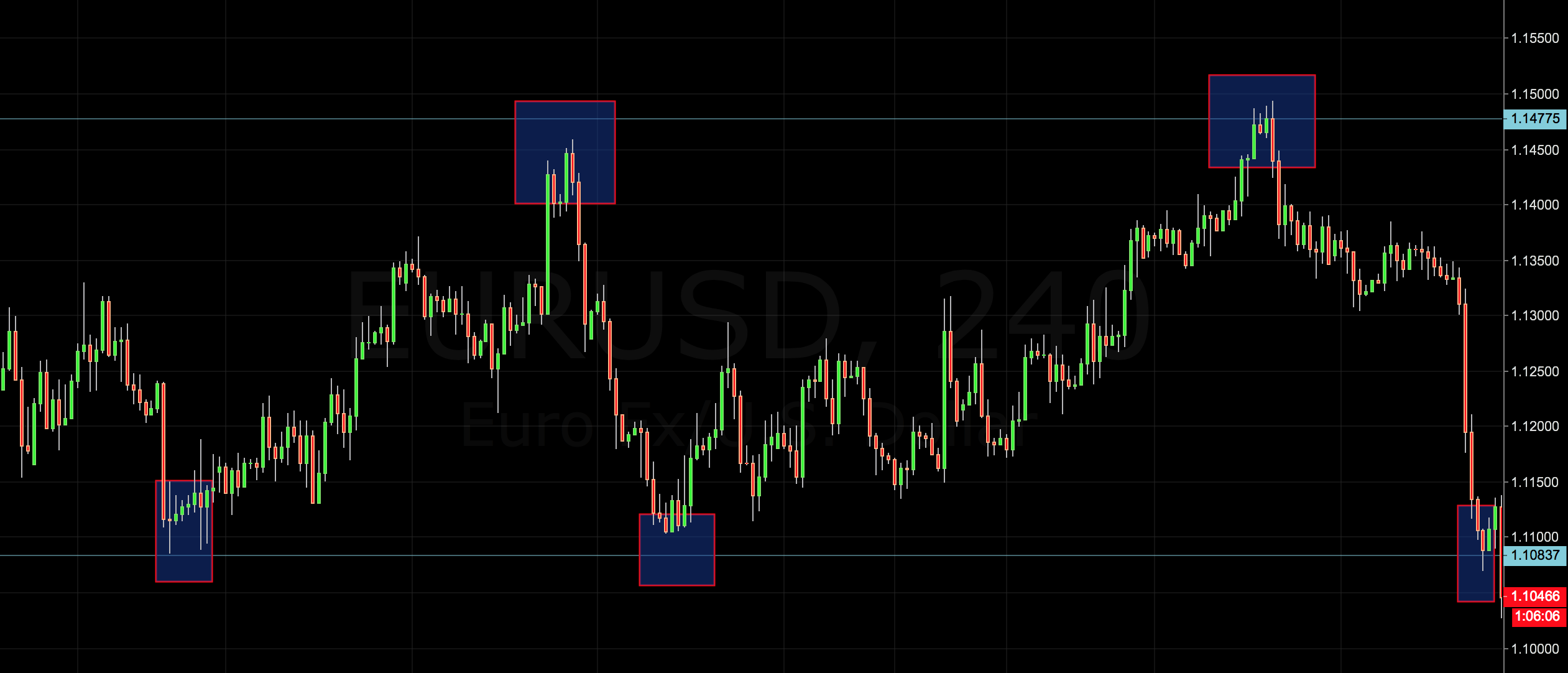What is Price Action
Part1: What is Price Action?
by Colibri Trader
In a series of posts, I will provide beginner traders with some free introductory lessons on the art of trading- these will be basic posts, laying the foundation for the ones of you that are just starting out in the field of trading. Happy Trading!
Price Action is a term used to note the combined characteristics that are entailed in particular price movements of a certain security. It is usually evaluated in terms of price differences (or changes) that have occurred in the past. To make it a little bit simpler, Price Action can be described as a technique used in stock (FOREX, etc.) trading which allows the trader themselves to observe and study the current market. This in turn, allows the trader to anticipate the market trend and make certain assumptions/decisions based on the current (and actual) price movements.
If traders are to use this particular method however, they must keep in mind that it relies solely upon using technical analysis. The Price Action strategy completely ignores many of the fundamentals when it comes to Forex and instead relies more on past and present price movements solely.
What Tools Can Be Used?
There are a number of tools that the trader has at their disposal when using the Price Action strategy (all technical of course) such as, trend lines, charts/graphs, price bands, low and high swings, support, resistance and consolidation levels, break outs, channels, volatility, etc. While the trader may use any or all of these, it is up to the individual’s choices and trading style to implement them.
Traders also have the ability to use certain psychological or behavioral patterns to emulate what consequential actions would occur. This is also one of the major parts in the Price Action strategy. An example of this is when EUR/USD touches the psychological support level of 1.1000. Then, the trader might assume that a bounce-back is imminent and take a long position in this currency pair. Another trader might assume that once price touches 1.1000, the pair might make a break-out and thus take a short position.
It is a fact that as no two human beings are completely identical, so it goes with traders and the unique strategies they implement when trading. Each trader will analyze certain patterns and anticipatory results differently, creating their own rules pertaining to their profits and/or loss while using the Price Action strategy. Contrarily, using a Technical Analysis strategy will most certainly result in similar and common actions and behaviors among the majority of traders.
So in a nutshell, the Price Action strategy is a systemised method that traders use concerning behavioural patterns in price history, using (this is optional) some technical analysis tools.
Who Benefits From the Price Action Strategy?
This strategy is most often used by speculators, arbitrageurs, trading firms with employed traders, and retail traders. It is mainly used by these individuals due to the fact that the trader relies on price predictions and constant uncertainty. These fields mainly employ this strategy in a number of different securities such as:
- Forex
- Commodities
- Bonds
- Derivatives
- Equities
What are the Steps Required With Price Action Strategy?
Many experienced traders know that is essential to have at least a few options on hand for locating and analysing certain trading patterns, stop-losses, and exit opportunities. Possessing only one method is a recipe for serious losses so there is a 2 step process listed below when negotiating a certain trading situation.
Step 1-
The trader identifies said scenario, such as bullish or bearish phases or where support and resistance are
Step 2-
Once the trader has identified the scenario, they then look at what their options are for trading opportunities such as, what is the risk of the security (stock or a currency pair) overshooting or retreating? This is very individualistic and although price action is very objective trading discipline, two traders might interpret the results in a different way.
EUR/USD Example
1)
If EUR/USD has reached a high, which the trader has aimed, but then retreats to a lower level, the trader then makes the choice whether it will start to rise again or continue retreating depending on price action
2)
If the trader decides to select a lowest (support) and highest (resistance) point for EUR/USD (based on low volatility and/or no breakouts) and the price stays within said range, then the trader has a good idea of where or when EUR/USD will either breakout or change direction. Price action really helps to see those areas.
3) If a defined breakout scenario is being met, then a trading opportunity exists in terms of a breakout continuation (EUR/USD going further in the same direction) or a pull-back (EUR/USD bouncing back from support/resistance areas). Price action is definitely useful around such “critical” levels.
Books have been written and trading courses created, but the final trading call is coming from the individual trader, offering him or her the flexibility instead of enforcing a strict set of rules to be followed. This does not mean that discipline is not important.
The popularity of price action trading
Most traders believe that price action trading is better suited for short-to-medium term trading, instead of long term investments (although in my opinion it could be used profitably even for ultra-long term investments).
Most traders also do believe that the market follows a random pattern and there is no clear systematic way to define a strategy that will always work. By combining the technical analysis tools with the recent price history to identify trade entries and exits, price action trading has a lot to offer.
The advantages of price action are flexibility to traders, applicability to multiple asset classes, easy use with any trading software, and the possibility of easy back-testing of any identified strategy on past data. Most importantly, traders feel they are in control of their own destiny and as long as following the market psychology, price action gives great indication for direction. In the end, it is up to the individual trader to clearly understand, select, test, decide and act on what meets his/her requirements for the best possible opportunities that the market has to offer.








